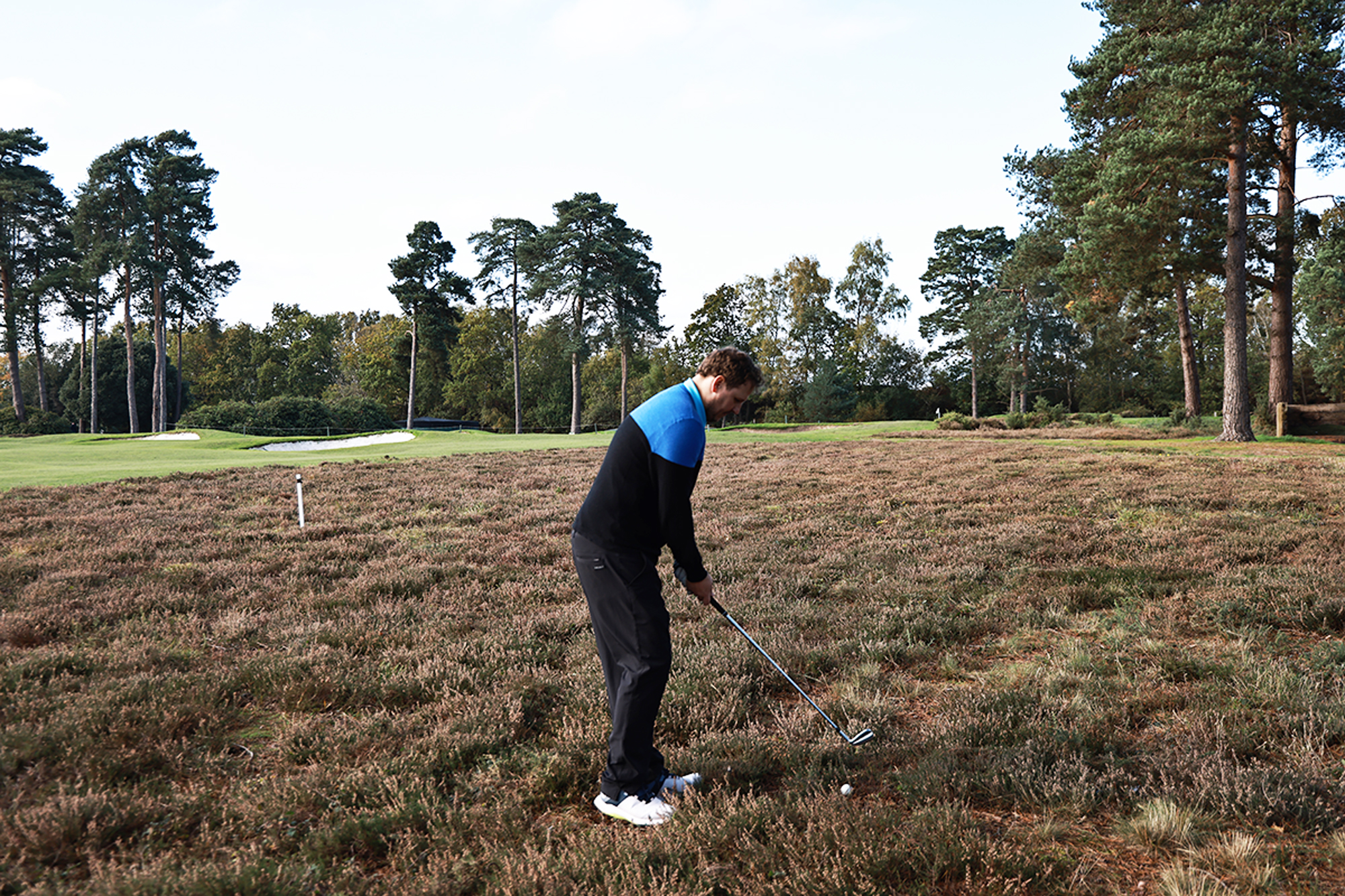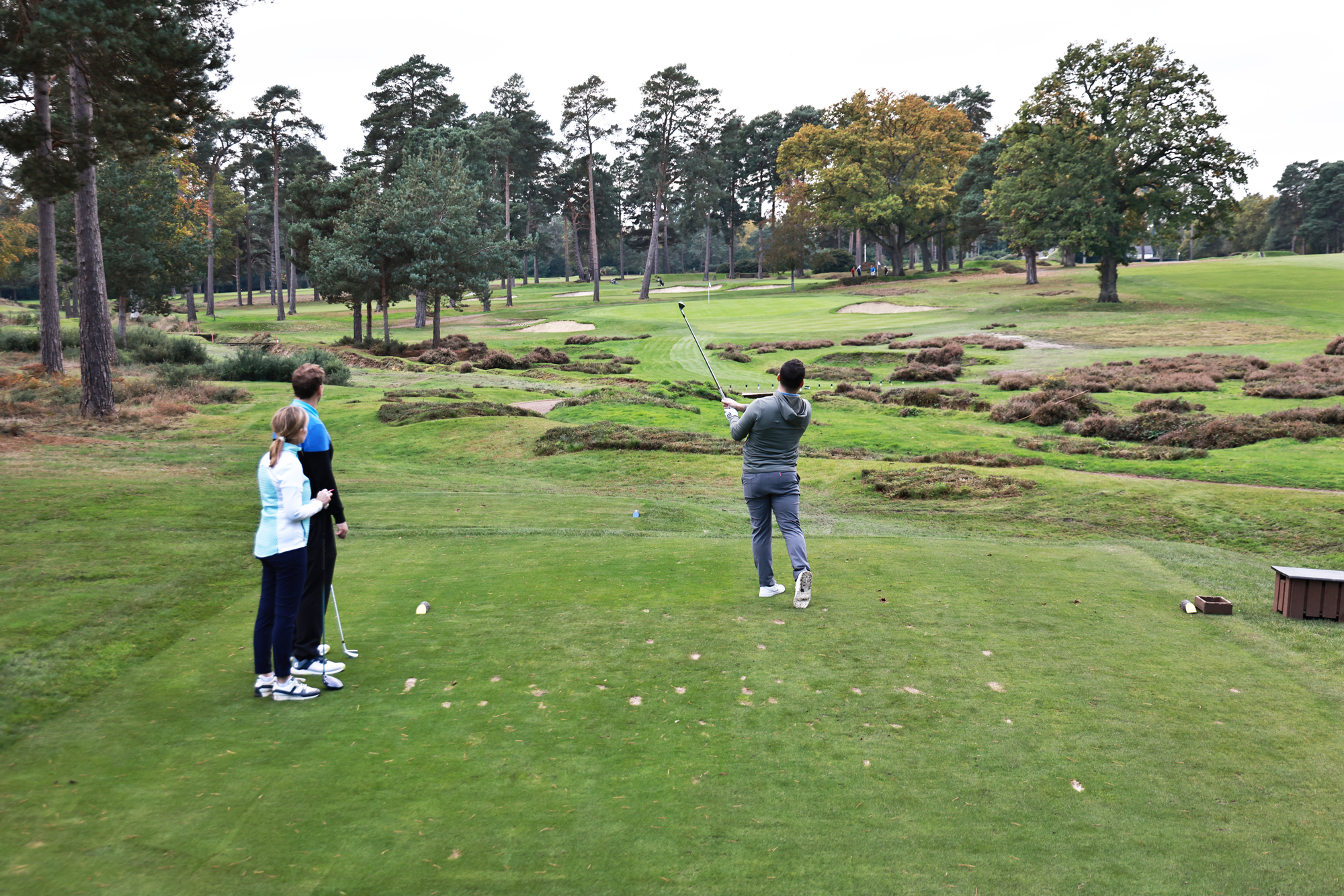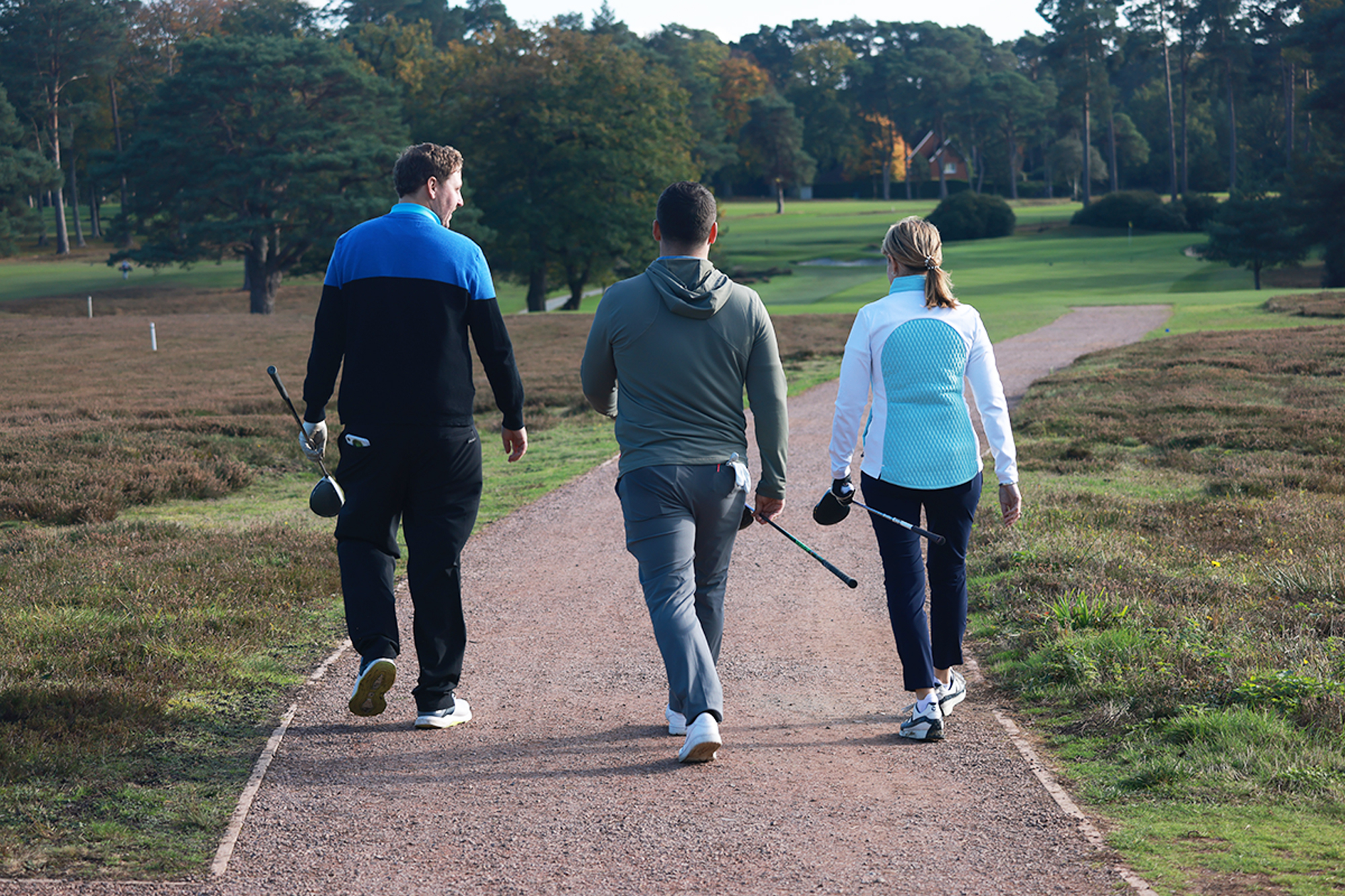How To Solve Slow Play: A 12-Point Action Plan For Golfers, Greenkeepers And Club Managers
Slow play is a significant problem in golf, which we must all play our part in solving, so I decided to set out a 12-point action plan for all concerned parties


Slow play is hands down the most significant factor that affects my enjoyment and performance on the golf course, far more than other highly debated issues such as dress code or the etiquette of golf.
I hate that higher-handicap golfers are often blamed for avoidable slow play, especially when I spend hours stuck behind a sea of slow four-balls made up of 'better' golfers.
I'd actually go as far as saying it's time to outlaw four-balls in competition play, but that's an argument that I'll touch upon later in the article.
The blame for slow play lies at the door of all concerned parties in the game of golf, and we all need to take responsibility and action in order to find a solution.
With that in mind, I have devised an extensive 12-point action plan that suggests ways golfers, greenkeepers and club managers can do their part to eradicate slow play from the game of golf for good...
How To Solve Slow Play: A 12-Point Action Plan
Slow Play Action Plan For Golfers
1. Ready Golf
Right, let's start with an easy one. In casual play, forget what you know about letting the person furthest away from the hole play first.
Instead, when it's safe to do and your playing partners are not in danger of being struck by your ball, take your shot.
Subscribe to the Golf Monthly newsletter to stay up to date with all the latest tour news, equipment news, reviews, head-to-heads and buyer’s guides from our team of experienced experts.
2. Be Prepared
Don't wait for your playing partners to finish going through their pre-shot routine and playing their ball before you decide to start your process.
If you need a yardage, want to pick a landing zone or need a few practice swings... do it all before it's your turn to play. That way, when it's safe for you to go, all you need to do is pull the trigger.
3. Minimise Ball Searching Time

The rule is three minutes to search for a golf ball, so please stick to it!
The rule is three-minutes to search for a ball – so stick to it!
If you think you are in any danger, hit a provisional ball quickly and ensure you have all bases covered.
In a casual round, you could also ask your playing partners to keep an eye out for your shot or help you to look for your golf ball in order to speed up play.
4. Leave Your Bag In The Right Spot
One of my biggest pet peeves relating to slow play is when golfers leave their bag on the right of the green while putting, knowing full well that the exit to the next tee box is on the left of the putting surface.
A little prior planning and awareness will help hugely to solve the slow play problem, so leave your bag in a convenient spot for a swift exit from the green.
5. Play From The Appropriate Tees
I'm going to say something unpopular here, but more golfers should play from the forward tees on the golf course.
You can still maintain a handicap by playing from a slightly shorter course. You might just lose a few less golf balls, enjoy your round more and even improve your scoring.
6. Know When To Pick Up
In certain formats of the game, like Stableford for example, it's important to know when to pick up your golf ball.
If you can no longer score on that particular hole, continuing to play until you hole out is only going to slow down your own group and those behind you.
Slow Play Action Plan For Greenkeepers
7. Manage The Rough

Playing from the rough, gorse or native areas is tough... but greenkeepers can help to improve the pace of play by managing this appropriately
Setting the course up to look like a US Open venue for your Saturday medal is rarely a good idea, and while the course might look appealing – it only causes misery for the players tackling it.
Creating rough that is penalising for errant shots, but still playable for those who find themselves in it, is a far more helpful setup for tackling slow play while also maintaining a high standard of golf.
8. Pin Placement
There is a time and a place for tough pin positions, perhaps in the club championship or the final of a particular club competition, but not for your standard Sunday in May.
Placing the pin on a hogs back in the back left corner of the green is only going to lead to higher scores, more 3- and 4-putts and ultimately more time spent on the greens.
Instead, try to find locations that are also accessible for golfers of all abilities - after all, the game isn't just for the most talented.
9. Maintain Optimal Green Speed
Similarly to my point above, ludicrously fast greens should be reserved for the professionals (or at least elite amateur competitions).
Maintaining a challenging but manageable green speed is a great way to solve slow play issues, as it means players aren't de-greening their putt on every other hole or zigzagging across the green.
With the right pin position and the appropriate green speed, golfers of all abilities can enjoy the game and the challenge set out by the greenkeepers.
Slow Play Action Plan For Club Managers
10. Tee Time Intervals

A move towards tee time intervals of at least 10 minutes would be a positive step for pace of play in golf
Studies have shown that longer tee time intervals, around 10 minutes or more between groups, has a significantly positive impact on the pace of play.
In contrast, expecting golfers to get around at an enjoyable and manageable pace when tee time intervals are 7 or 8 minutes can cause problems.
I am fully aware that longer intervals means less time slots on the tee booking system, and therefore more unhappy members or less money from paying visitors, but for the good of the game this area needs addressing... and fast!
11. Enforce Pace Of Play Policy
It's no good having a pace of play policy and not enforcing it - but unfortunately so many slow groups get away with it.
An important caveat here is targeting the right groups, out on the golf course, and encouraging them to play quicker using actionable steps.
Standing at the 18th green with a clipboard and berating golfers as they leave the green is unhelpful and often misguided.
If it's a casual round and a particular group is playing slowly, ask them to skip a hole to allow play to return to a steady pace.
12. Groups Sizes And Mix

In my opinion, a 3-ball should be the maximum group size for competition play
Consider having specific two-ball mornings or afternoons, where only groups of two are permitted to play the course.
Alternatively, consider having a maximum group size of three on competition days to speed up play.
Allowing a wave of ten four-balls to descend on the course on a Saturday lunchtime or Sunday morning is only going to kill the pace of play, so manage the size and mix of groups for a better on-course experience.
And despite what my colleague Sam De'Ath says... please, no six-balls allowed!

Baz joined Golf Monthly in January 2024, and now leads the instruction section across all platforms - including print and digital. Working closely with Golf Monthly's Top 50 Coaches, he aims to curate and share useful tips on every aspect of the game - helping amateurs of all abilities to play better golf. Baz also contributes weekly to the features section, sharing his thoughts on the game we love and the topics that matter most. A member at Sand Moor Golf Club in Leeds, he looks forward to getting out on the course at least once a week in the pursuit of a respectable handicap.
Baz is currently playing:
Driver: Benross Delta XT
3-Wood: Benross Delta XT
Hybrid: TaylorMade Stealth 4 Hybrid
Irons: Benross Delta XT 5-PW
Wedges: TaylorMade RAC 60, Callaway Jaws MD5 54
Putter: TaylorMade Spider Tour
You must confirm your public display name before commenting
Please logout and then login again, you will then be prompted to enter your display name.